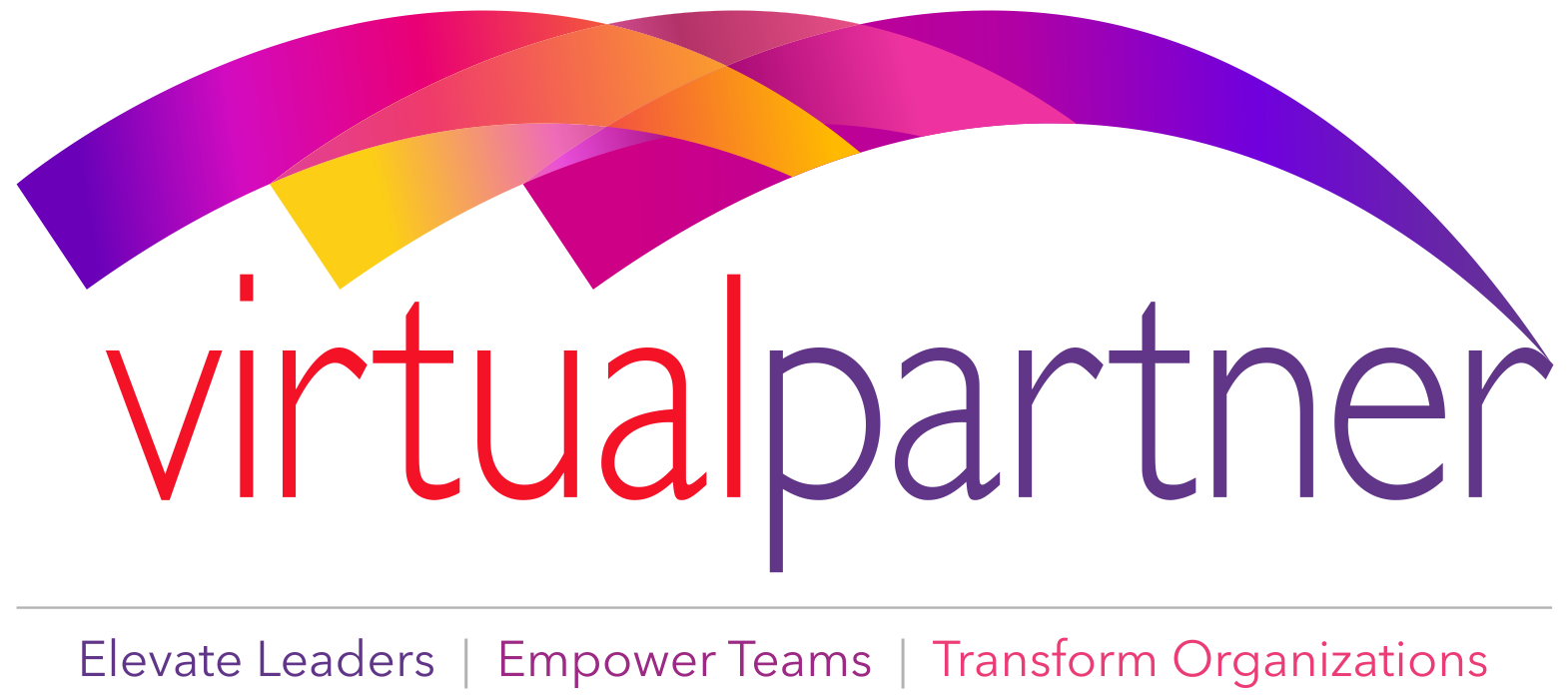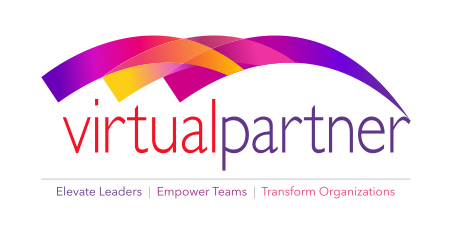Agile Leadership: Adapting to Change in a Rapidly Evolving Workplace

The Importance of Agility in Leadership


As businesses evolve, so do the expectations placed on leaders. Today’s agile leader doesn’t merely respond to change—they embrace it, often encouraging team members to innovate and adapt as well. From technological advancements to shifting customer demands, agile leadership ensures organizations are well-prepared to manage change in a way that positively impacts employees and boosts overall morale. Agile leaders are 70% more likely to outperform competitors, which underscores their importance in today’s business landscape. Additionally, companies led by these leaders report 25% higher employee satisfaction and are 1.5 times more likely to experience growth in innovation compared to their counterparts.
The Downstream Impact on People
Key Traits of Agile Leaders
Emotional Intelligence
A person that is an agile leader with high EI knows the human part of change. This enables the leadership to relate with their teams in a respectful manner, ensuring they are behind as things change. Read our previous article to see The Impact of Emotional Intelligence on Leadership Success for more insights in EI.
Empowerment
Agile leaders should empower the teams by creating autonomy, trusting them to make their decisions and allowing them to take ownership of their work. Empowerment drives innovation and allows team members to react spontaneously in light of new challenges without scuttling around for directives from above.
Continuous Learners
One of the essential characteristics of an agile leader is that they are never satisfied with learning. They are always learning, they read the latest industry news and trends for breakfast; festering personal growth in themselves as well as their team members. By creating a culture of learning, they share the sense that your organization stays ahead and ready to adapt around anything new happening in space.
Navigating Change Effectively
With 5 different generations working side by side, isn´t agile leadership more crucial than ever?
Navigating change effectively in such a diverse environment necessitates three nuanced peoples-based approach:
Fostering Honest Dialogues
Communication is the foundation of agile leadership. Leaders who encourage open communication invite team members to share their concerns, ideas, and feedback. The open and transparent communication that arises from this builds a level of trust, so everyone is working in congruence towards common goals.
Embracing Innovation
More often than not, change carries somewhat of an opportunity for innovation. Not only do Agile leaders value new learning, they are bent on it — especially if that means their team members can try a different way. Leaders can foster a culture of innovation by encouraging thinking creatively and viewing failure as something to learn from rather than be avoided.
Continuous Learning
With so much of the knowledge in such frequent upheaval, competencies can become out-of-style literally overnight. Leadership DevelopmentLast but not least, an agile leader focuses on constant learning — for themselves and their teams. They are willing to take risks with upskilling or even with trying out new technologies/methodologies that makes them more resilient and competitive as an organization.
Role of Training and Development
Developing Agile Leadership Through DiSC and PMP
DiSC and PMP certification programs provide valuable tools for developing agile leadership skills. DiSC assessments allow leaders to understand personality styles and work preferences, which are vital for managing diverse teams effectively. Through DiSC and “The Work of Leaders” assessments, leaders will gain insights to strengthen their communication strategies, develop a leadership style that complements the organization’s team dynamics;,and identify growth areas.
PMP certification allows leaders of project-based organizations to be agile practitioners who can manage difficult projects, timelines and stakeholders alike. The gold standard in project management, the PMP is perfect for teams looking to raise standards and offer professional growth paths. DiSC assessments made a great match since knowing both personality styles and the leadership competencies ensure a more systematic method of management as well as leading at transformation times.
Takeaway: Shifting As A Leader
There is no cookie-cutter process to being agile. Rather, it asks leaders to consider their accomplishments and opportunities for improvement. What do you need to change about the way that you interact with people in order to be a stronger leader? In all these cases part of what is shaping the emerging intersubjective field comes from strengthening traits such as emotional intelligence, team empowerment and continuous learning – in fact they are constitutive practices that support agile leadership.
It is part of how we embed resiliency and adaptability into our culture, by encouraging leaders to bring agility to their teams.
To Conclude
Truly successful leaders are those who embrace and hone the next generation of servant leadership — agile leadership. A dose of adaptability, a feather-light footprint in emotional intelligence and commitment to never-ending learning …tune up the three actions agile leaders have on hand to sweep through uncertainty while their teams are there, burning with potential.
If you are a leader seeking out to build your agility, invest in programs that focus on these capabilities. Virtual Partner is a guide from the side, to support you along the way, offering assessments, certification programs, insights from data and trends, and coaching tools that will help transform your organization at each level allowing it to move forward empowered. It is a path that requires more than just a strategic choice; it carries with it the commitment to safeguard and secure your teams, your organization’s future.
Are you prepared to start on your journey to agile leadership?
Contact us to DiSCover how we can help you lead with resilience and agility.

